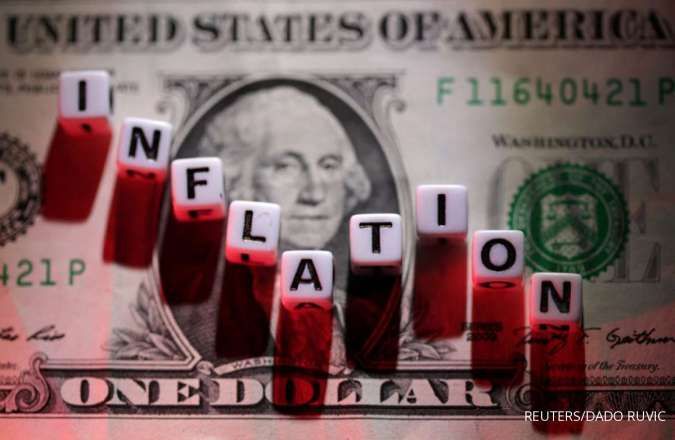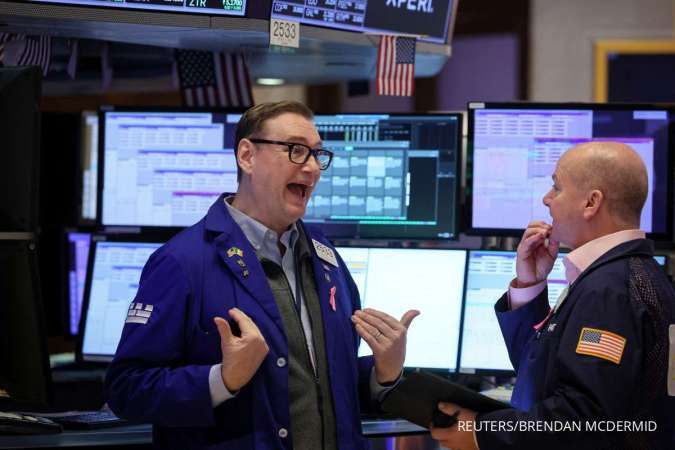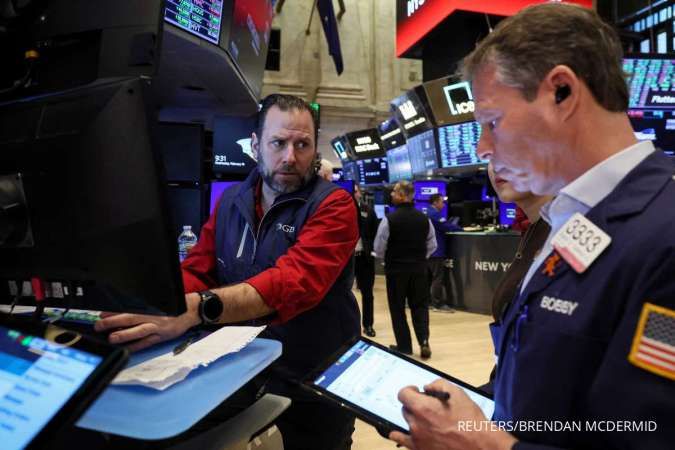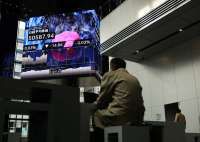MACROECONOMICS - WASHINGTON. U.S. prices picked up in January, but the annual increase in inflation was the smallest in nearly three years, keeping a June interest rate cut from the Federal Reserve on the table.
The personal consumption expenditures (PCE) price index rose 0.3% last month, the Commerce Department's Bureau of Economic Analysis said on Thursday. Data for December was revised lower to show the PCE price index gaining 0.1% instead of 0.2% as previously reported.
In the 12 months through January, PCE inflation rose 2.4%. That was the smallest year-on-year increase since February 2021 and followed a 2.6% advance in December.
Read Also: Oil Slips Further on US Demand, Interest Rate Fears
Economists polled by Reuters had forecast the PCE price index climbing 0.3% on the month and increasing 2.4% year-on-year.
The monthly increase mirrored rises in consumer and producer prices last month, which most economists attributed to businesses raising prices at the start of the year.
Economists have argued that the model used by the government to strip out seasonal fluctuations from the data is probably not fully incorporating the beginning of year price hikes. Most do not expect the price increases to repeat in February.
"It will be prudent to hold back on passing any strong judgment till February data comes out next month, if January's acceleration is a one-off that was perhaps due to the failure of seasonal adjustment factors to incorporate the true extent of firms raising prices at the start of the year, or whether it's the beginning of something more worrisome for the Fed," said Satyam Panday, chief U.S. economist at S&P Global Ratings.
Read Also: GLOBAL MARKETS - Stocks Slip, Dollar Rises Ahead of US Inflation Data
Excluding the volatile food and energy components, the PCE price index increased 0.4% last month after rising by a downwardly revised 0.1% in December.
The so-called core PCE price index was previously reported to have climbed 0.2% in December.
Core inflation increased 2.8% year-on-year in January, the smallest advance since March 2021, after rising 2.9% in December. The Fed tracks the PCE price measures for its 2% inflation target. Monthly inflation readings of 0.2% over time are necessary to bring inflation back to target.
Government data on Wednesday showed slight upward revisions to inflation in the fourth quarter. Financial markets have pushed back expectations for a rate cut to June from May.
Fed officials have indicated that they are in no rush to start lowering borrowing costs. Since March 2022, the U.S. central bank has raised its policy rate by 525 basis points to the current 5.25%-5.50% range.
Read Also: US STOCKS - Wall Street Slips with Inflation Data on Deck
The pick-up in inflation last month was despite consumer spending slowing. Consumer spending, which accounts for more than two-thirds of U.S. economic activity, rose 0.2% after increasing 0.7% in December. Spending remains supported by a still-tight labor market, which is keeping wage gains elevated.
A separate report from the Labor Department on Thursday showed initial claims for state unemployment benefits rose 13,000 to a seasonally adjusted 215,000 for the week ended Feb 24. Economists had forecast 210,000 claims for the latest week.
Claims are hovering at historically low levels, despite high-profile layoffs at the start of the year.
/2022/06/13/124380975p.jpg)













